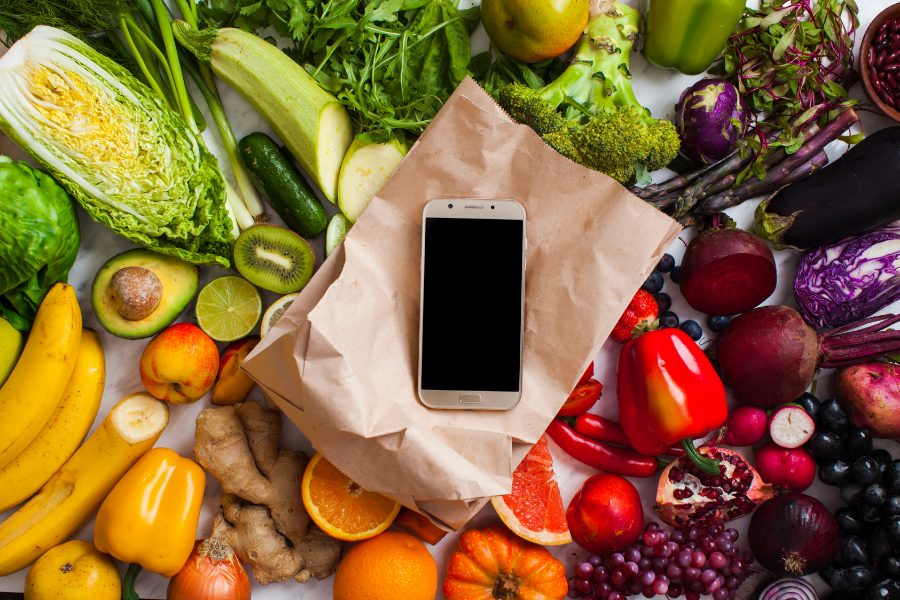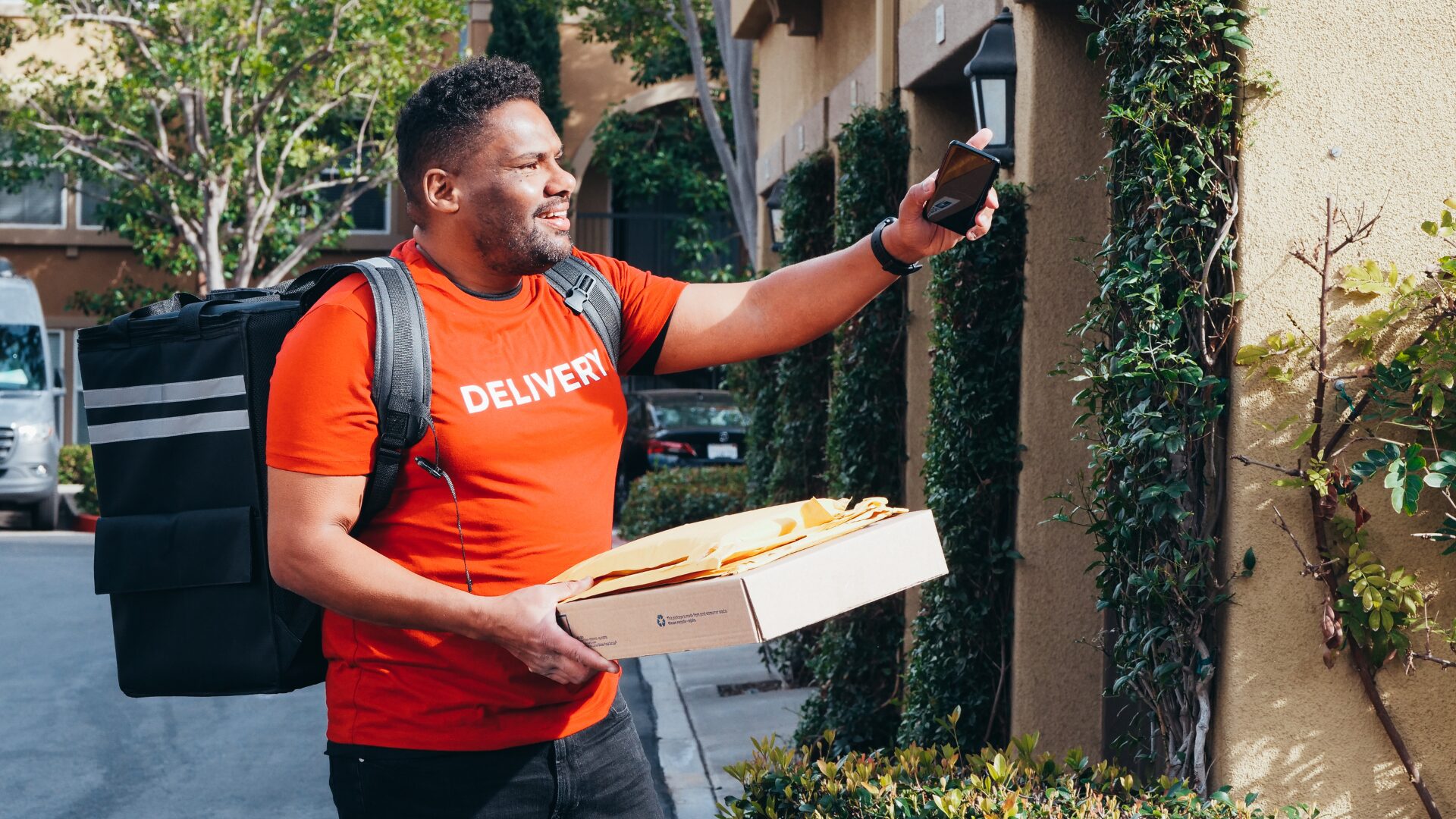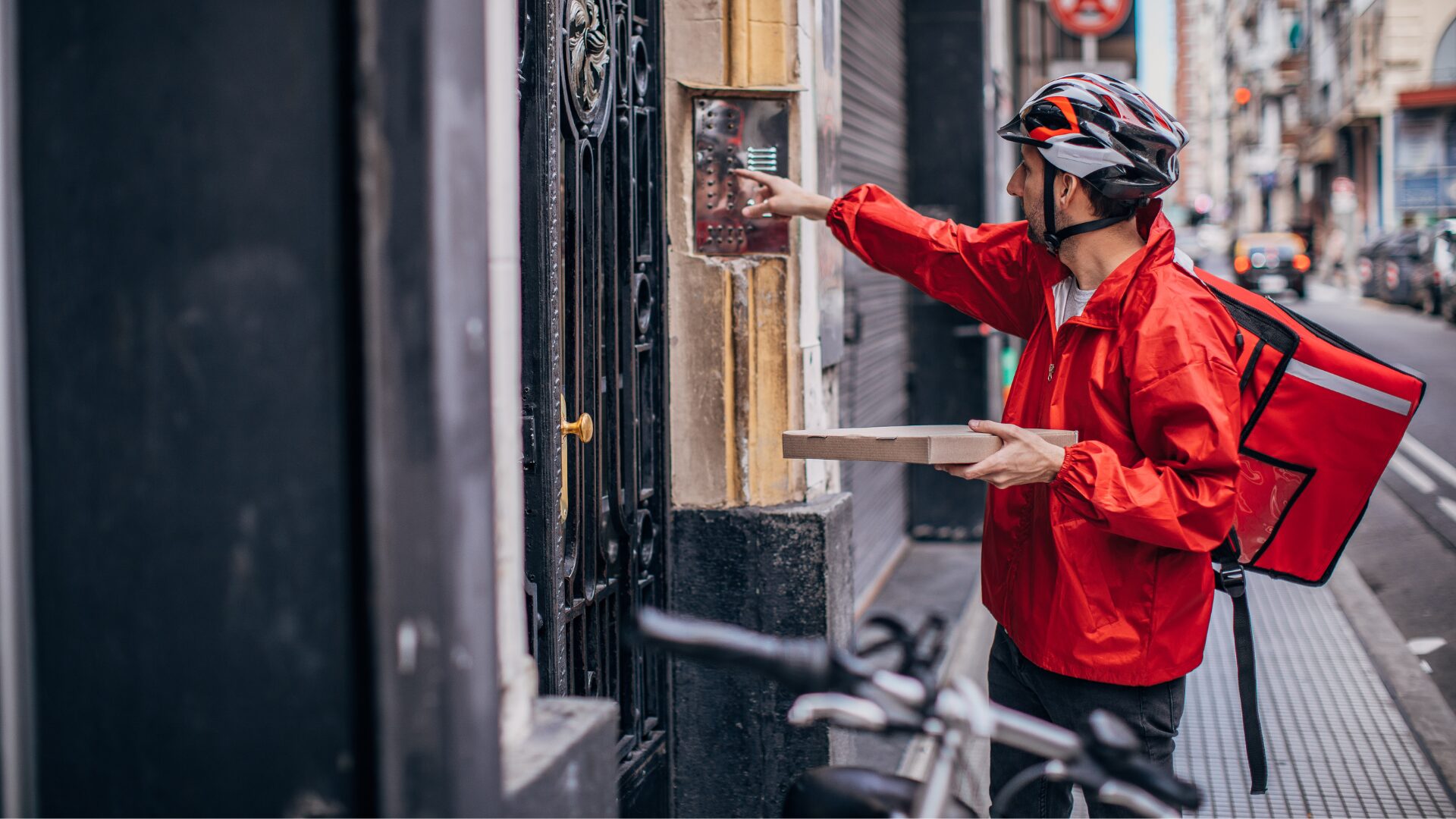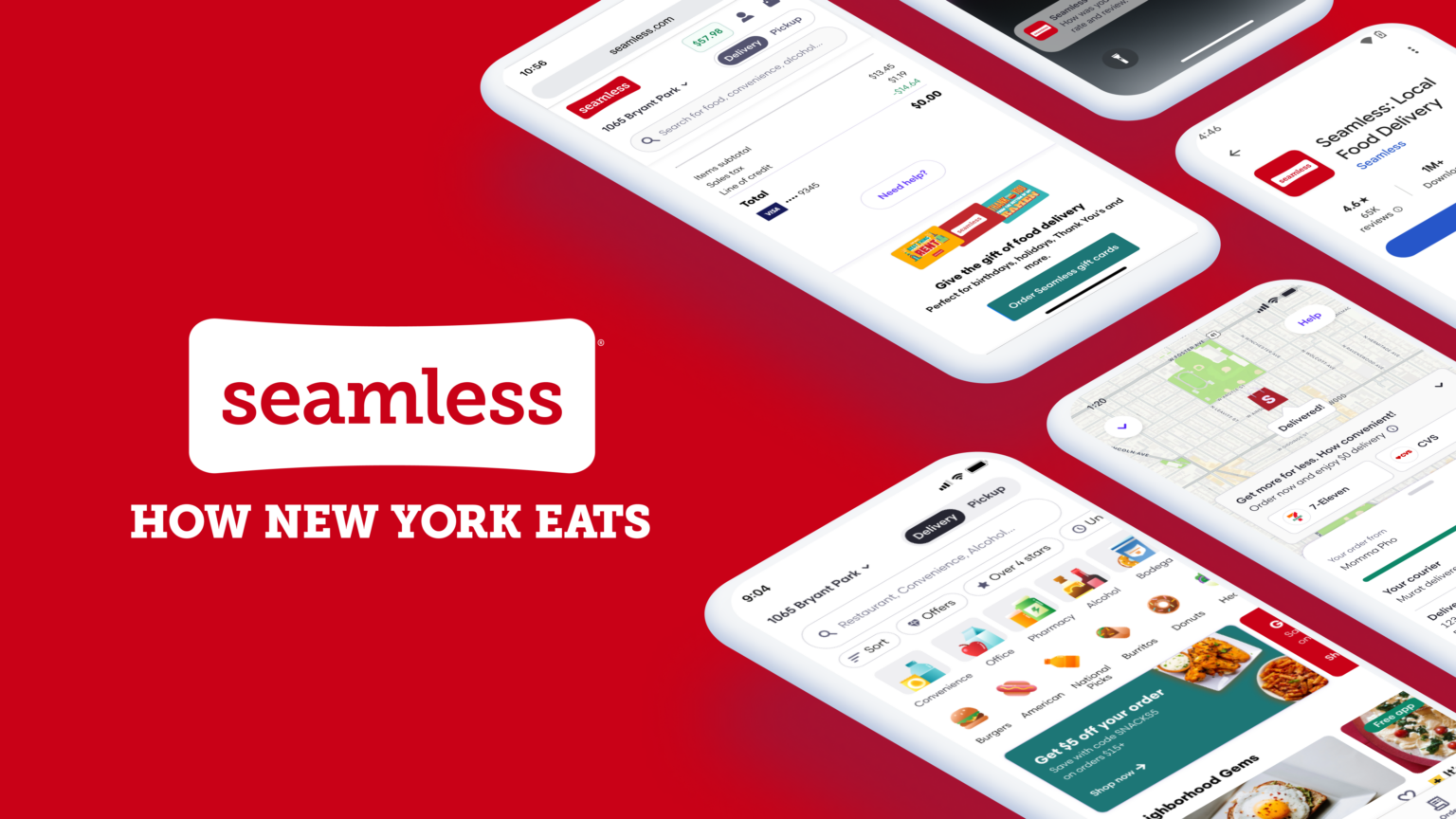Digital grocery delivery startups across the globe continue to attract sizable investments from venture capitalists. New companies have already raised over $10 billion in 2021, reported CNBC. (July 2)
“Delivery grew more than 400% between the beginning of the pandemic and May 2021,” Bill Bishop, Chief Architect at Brick Meets Click, told The Food Institute “This means that millions of more households are now hooked on the convenience of delivery.”
But do these new venture-backed startups have staying power?
Some retail experts believe that a wave of consolidation is fast approaching, while others argue that significant acquisitions would require players to have more footing in the market.
State of Delivery
Overall, analysts expect the use of online grocery delivery to recede as the economy reopens. Data from Rabobank also suggests that online channels will lose traction during the summer months, as consumers tend to favor home delivery and pickup during winter, reported Meat + Poultry (July 16).
However, Bishop notes that total demand for delivery service is still well ahead of what it was in 2019 or what it was projected to be in 2021 before the pandemic.
Investment Drivers
According to Bishop, investments are being driven by the belief that digital transformation will encourage customers to do more online shopping. Investors also recognize that the delivery sector is underdeveloped. While winning the sector requires companies to quickly scale, there is no indication that growing market share will be enough.
“While leaders will ultimately dominate the market, it’s the customer-centric business strategy that will get them there,” Bishop said. “It isn’t evident that many of the startups are taking that approach.”
Long Term Growth
Bishop believes that delivery startups that rely on small “dark store” fulfilment centers and delivery in 20 minutes or less will have significant staying power if the correct criteria are met.
Dark stores are most efficient when the company is not operating a physical shop. “The challenge is that brick and mortar stores involve a lot of non-value added work when it comes to pick up and delivery of online orders,” Bishop said.
Ultra-fast delivery, although not for everyone, appeals to a significant customer segment, especially if there’s local assortment and price is comparable to instore.
“Perhaps more important, this business model can be the low-cost option for delivery for customers living in densely populated markets,” Bishop said.











